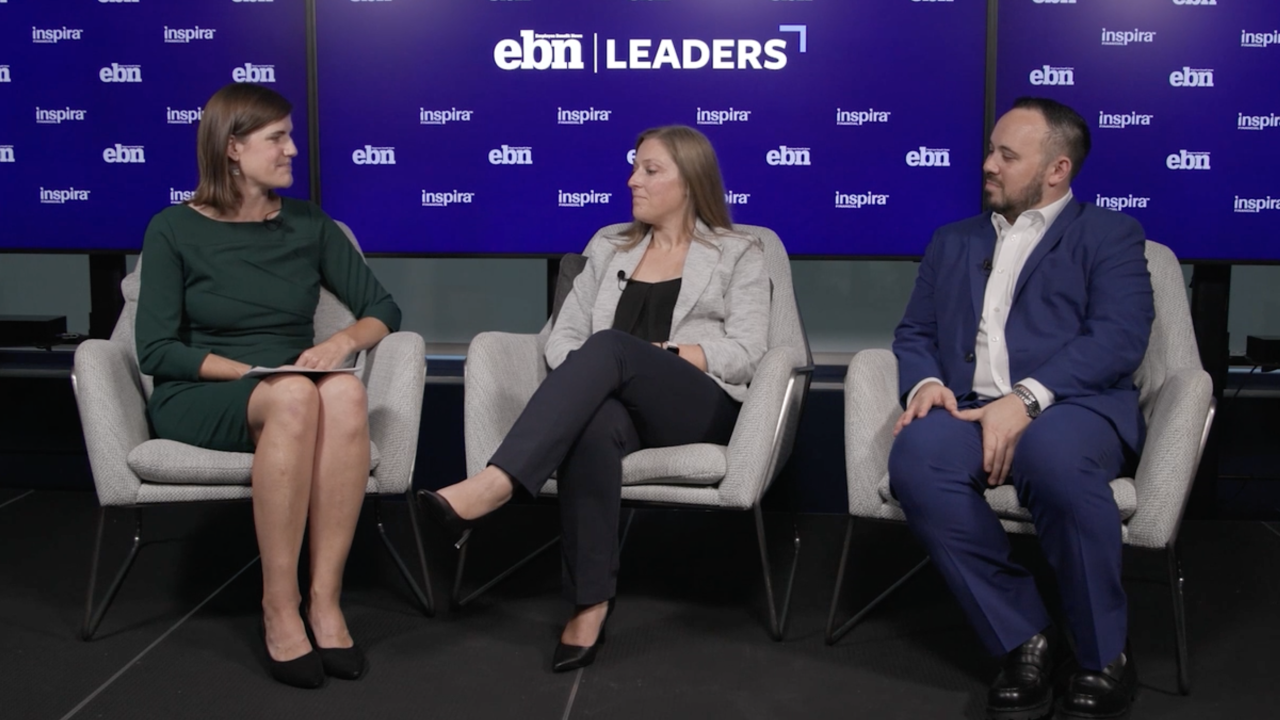Employers continue to adjust plan designs and offerings to emphasize lifestyle-focused benefits like mental health and fertility treatments in order to meet the diverse needs of today’s workforce, according to DirectPath’s annual Gartner Trends Report, which gives insight into employers’ 2020 health care benefits strategies.
Some of the trends being incorporated into benefit offerings this year include new attention to emotional well-being, a renewed interest in voluntary benefits like pet insurance and an increased focus on family-focused benefits, like fertility treatments and child and eldercare support.
“The data suggests that offering hyper-personalized benefits that focus largely on family-related needs has a significant impact on an employee’s satisfaction with their health care benefits — a trend we expect to continue in the future,” says Monique McCloud-Manley, vice president of the Gartner HR practice.
Standard healthcare coverages such as dental, vision and disability coverage remain the most prevalent, with over 83% of employers offering dental and vision on a voluntary basis, over 70% offering long-term disability, and 65% offering short-term disability.
But in order to attract and retain top talent, employers must supplement these offerings with personalized benefits packages. Benefits like fertility treatments, child and eldercare support, adoption assistance, extended parental leave, dependent care, flexible spending accounts and flexible scheduling are becoming more common as employees place increased importance on the need for financial assistance with family planning.
“Employees are increasingly being put farther behind financially,” says Kim Buckey, vice president of client services at DirectPath. “Both employees and employers are suffering, and employers are having to allocate more of their benefit spend to medical coverage. Employers have to make some difficult decisions about what they can afford to provide, but also what they need to provide and what employees are asking for.”
See also:
Additionally, the report found that employers are increasing individual deductibles. While the average in-network individual deductible increased more than 28% from 2019, to $1,038 for 2020, the median family deductible dropped by 12%, to $1,672. This trend may lead to increased demand for lower-premium options among employees, especially given the struggles many employees face meeting their deductibles today, according to the report.
To increase employees’ financial wellness, employers continue to invest in HRAs, HSAs and HDHPs. HSAs are the most popular offering — with 69% of employers offering them — likely because they allow employee contributions and are portable, according to the report.
These offerings seek to help employees balance their work and life responsibilities, Buckey says.
“If you look at the top benefits employees are most interested in, work-life balance is pretty much always in the top five,” she says. “We continue to see employers really trying to respond to the needs of their employees to the extent that they can, and they're being very creative about it.”






